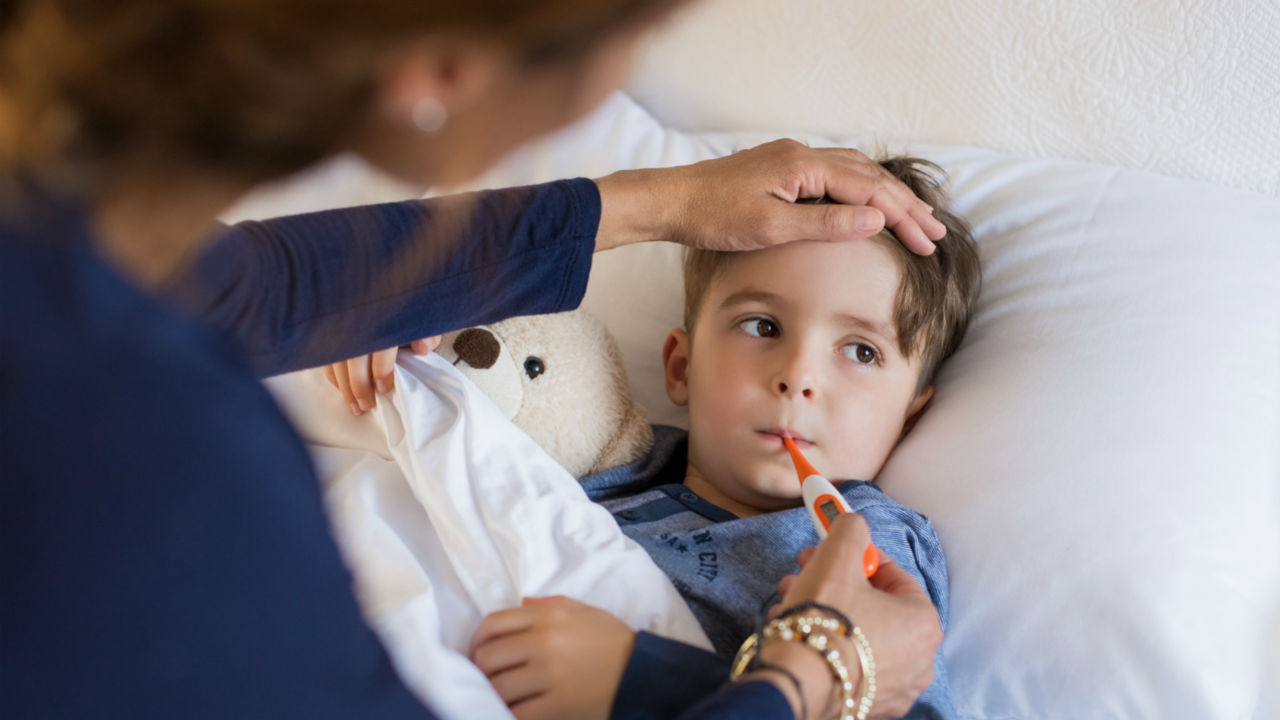The influenza pandemic of 1918-1919, often called Spanish flu, is still a topic of medical research because of concerns that a similar epidemic could occur again. Dr. Jeffery K. Taubenberger and Dr. David M. Morens of the National Institutes of Health provided a review. These authors called the Spanish flu pandemic “the single most fatal event in human history.” The estimated deaths were at least 50 million worldwide, and many of the victims were previously healthy young adults.
Medical scientists of 1918 were not able to isolate the influenza virus, but they preserved autopsy specimens. In 1995, researchers began the process of reconstructing the Spanish flu virus. Over the next decade, they obtained a complete genome sequence. The 1918 virus was type H1N1, based on the variety of hemagglutinin (H) and neuroaminidase (N) proteins on the surface. H1N1 viruses have continued to circulate in the human population, but they change every year.
Taubenberger and Morens reported that the source of Spanish flu was probably avian, but no one knows how or where the virus first infected humans. Thus the name “Spanish” is arbitrary. “It is now believed that the pandemic virus appearing in 1918 was transmitted from humans to pigs early on,” they added. In 2009 descendants of the 1918 virus caused a milder pandemic sometimes called “swine flu”. This H1N1 virus affected both humans and swine, but it is not clear, Taubenberger and Morens noted, which species developed it first.
Secondary bacterial pneumonia is recognized as the cause of most deaths in previous pandemics. “Circulation of clinically aggressive community-acquired methicillin-resistant Staphylococcus aureus is an additional factor to be considered in planning for pandemic response,” Taubenberger and Morens warned.
Dr. Tadanobu Takahashi and colleagues in Japan and Wisconsin studied molecular characteristics of the 1918 Spanish flu virus. They found the virus is stable in acidic conditions of low pH, and suggested this is one of the reasons for its exceptional ability to cause human disease. They found similar low-pH stability in strains of highly pathogenic H5N1 influenza viruses known as bird flu. These authors recommended further studies on low-pH stability of influenza viruses, to predict the potential for a new pandemic of the scale of Spanish flu.
References:
1. Taubenberger JK et al, “Influenza: The once and future pandemic”, Public Health Reports 2010 Apr; 125 Suppl 3: 16-26. http://www.ncbi.nlm.nih.gov/pubmed/20568566
2. Takahashi T et al, “The low-pH stability discovered in neuraminidase of 1918 influenza A virus enhances virus replication”, PLoS ONE 2010 Dec; 5(12): e15556.
http://www.ncbi.nlm.nih.gov/pubmed/21151571
Linda Fugate is a scientist and writer in Austin, Texas. She has a Ph.D. in Physics and an M.S. in Macromolecular Science and Engineering. Her background includes academic and industrial research in materials science. She currently writes song lyrics and health articles.
Reviewed on August 23,2011
by Maryann Gromisch
Edited by Jody Smith






Add a Comment1 Comments
Think vitamin D for prevention and treatment:
Dermatoendocrinol. 2009 Jul;1(4):215-9.
The possible roles of solar ultraviolet-B radiation and vitamin D in reducing case-fatality rates from the 1918-1919 influenza pandemic in the United States.
Grant WB, Giovannucci E.
Abstract
Deaths during the 1918-1919 influenza pandemic have been linked to both the influenza virus and secondary bacterial lung infections. Case fatality rates and percentage of influenza cases complicated by pneumonia were available from survey data for twelve United States locations in the 1918-1919 pandemic. This study analyzes case fatality rates and cases complicated by pneumonia with respect to estimated summertime and wintertime solar ultraviolet-B (UVB) doses as indicators of population mean vitamin D status. Substantial correlations were found for associations of July UVB dose with case fatality rates (r = -0.72, p = 0.009) and rates of pneumonia as a complication of influenza (r = -0.77, p = 0.005). Similar results were found for wintertime UVB. Vitamin D upregulates production of human cathelicidin, LL-37, which has both antimicrobial and antiendotoxin activities. Vitamin D also reduces the production of proinflammatory cytokines, which could also explain some of the benefit of vitamin D since H1N1 infection gives rise to a cytokine storm. The potential role of vitamin D status in reducing secondary bacterial infections and loss of life in pandemic influence requires further evaluation.
August 24, 2011 - 8:10amThis Comment